A monthly review and outlook of the Global Listed Infrastructure sector.
Market review - as at October 2020
Global Listed Infrastructure exhibited its defensive characteristics in October, as coronavirus lockdowns in Europe and a contentious US election season weighed on global equities. The FTSE Global Core Infrastructure 50/50 index declined -0.7%, while the MSCI World index^ fell -3.1%.
The best performing infrastructure sectors were Electric Utilities (+4%) and Multi-Utilities (+3%), which announced generally positive September quarter earnings numbers. A continued focus on US utilities’ growth potential as they transition towards cleaner energy, along with fresh M&A activity, heightened investor interest. The worst performing infrastructure sector was Railroads (-6%), as quarterly earnings for North American freight rail operators fell short of the market’s (high) expectations; and Japanese passenger rail volumes remained persistently low.
The best performing infrastructure regions were the United States (+2%), where utilities outperformed for reasons outlined above; and the United Kingdom (+2%), where electric utility SSE (+4%, held) and multi-utility National Grid (+3%, held) were supported by a positive regulatory outlook. The worst performing infrastructure region was Japan (-8%), reflecting passenger rail weakness and underperformance from the country’s electric utilities (not on our Focus List) owing to declining electricity consumption levels and intense competition for retail customers.
^ MSCI World Net Total Return Index, USD
All stock and sector performance data expressed in local currency terms. Source: Bloomberg.
Market outlook and strategy
The Portfolio invests in a range of global listed infrastructure assets including toll roads, airports, railroads, utilities, pipelines, and wireless towers. These sectors share common characteristics, like barriers to entry and pricing power, which can provide investors with inflation-protected income and strong capital growth over the medium-term.
The theme of energy decarbonisation – and its implications for large segments of the listed infrastructure opportunity set – has gathered positive momentum in recent months. Net Zero targets for the UK and the European Union have been followed by Net Zero announcements from China, Japan and South Korea. Net Zero assumptions are reflected in our team’s thinking, stock analysis and portfolio exposures, incorporating both stranded asset risk and attractive growth opportunities.
Energy infrastructure faces an environment where oil demand may have already peaked. Volumes for North American oil pipelines may now be in structural decline, albeit with residual demand likely from the petro-chemical and aviation industries. Over the medium term, we expect that thermal coal will be eliminated from power generation; followed by the steel industry finding an eventual replacement for metallurgical coal. This shift has implications for utilities with generation capability, as well as for freight rail companies with coal haulage segments.
More positively, natural gas is likely to remain a key transition fuel with continued growth over the next decade, before a structural decline in demand begins. Gas-fired power plants can supply energy quickly at times of high demand. They provide a flexible way to mitigate renewables’ intermittency while transmission grids are being upgraded and expanded to link to new solar and wind farms. Even then, some countries (Japan) or regions (US northeast) will rely in part on natural gas, owing to a lack of renewable resources.
Further, the replacement of uneconomic conventional power stations by cheaper renewables is likely to present substantial capex opportunities for many utilities over coming years. In the US, regulated utilities are typically allowed to recover costs and – importantly – earn a return on capital expenditure. Large-scale capital investment in wind and solar assets is being led by large, publicly traded electric utilities including NextEra Energy and Xcel Energy. We anticipate this will represent a source of steady earnings growth over long time frames, particularly for larger utilities which can benefit from substantial economies of scale.
As we assess these assumptions, we continue to execute the investment process that has served us well since 2007, focusing on relative quality and value, and seeking to invest in good quality companies at good prices.
Source : Company data, First Sentier Investors, as of end of October 2020
Important Information
Investment involves risks, past performance is not a guide to future performance. Refer to the offering documents of the respective funds for details, including risk factors. The information contained within this document has been obtained from sources that First Sentier Investors (“FSI”) believes to be reliable and accurate at the time of issue but no representation or warranty, expressed or implied, is made as to the fairness, accuracy or completeness of the information. Neither FSI, nor any of its associates, nor any director, officer or employee accepts any liability whatsoever for any loss arising directly or indirectly from any use of this. It does not constitute investment advice and should not be used as the basis of any investment decision, nor should it be treated as a recommendation for any investment. The information in this document may not be edited and/or reproduced in whole or in part without the prior consent of FSI.
This document is issued by First Sentier Investors (Hong Kong) Limited and has not been reviewed by the Securities and Futures Commission in Hong Kong. First Sentier Investors is a business name of First Sentier Investors (Hong Kong) Limited.
Reference to specific securities (if any) is included for the purpose of illustration only and should not be construed as a recommendation to buy or sell the same. All securities mentioned herein may or may not form part of the holdings of First Sentier Investors’ portfolios at a certain point in time, and the holdings may change over time.
First Sentier Investors (Hong Kong) Limited is part of the investment management business of First Sentier Investors, which is ultimately owned by Mitsubishi UFJ Financial Group, Inc. (“MUFG”), a global financial group. First Sentier Investors includes a number of entities in different jurisdictions.
MUFG and its subsidiaries are not responsible for any statement or information contained in this document. Neither MUFG nor any of its subsidiaries guarantee the performance of any investment or entity referred to in this document or the repayment of capital. Any investments referred to are not deposits or other liabilities of MUFG or its subsidiaries, and are subject to investment risk, including loss of income and capital invested.
Get the right experience for you
Your location :  Hong Kong
Hong Kong
Australia & NZ
-
 Australia
Australia -
 New Zealand
New Zealand
Asia
-
 Hong Kong (English)
Hong Kong (English) -
 Hong Kong (Chinese)
Hong Kong (Chinese) -
 Singapore
Singapore -
 Japan
Japan

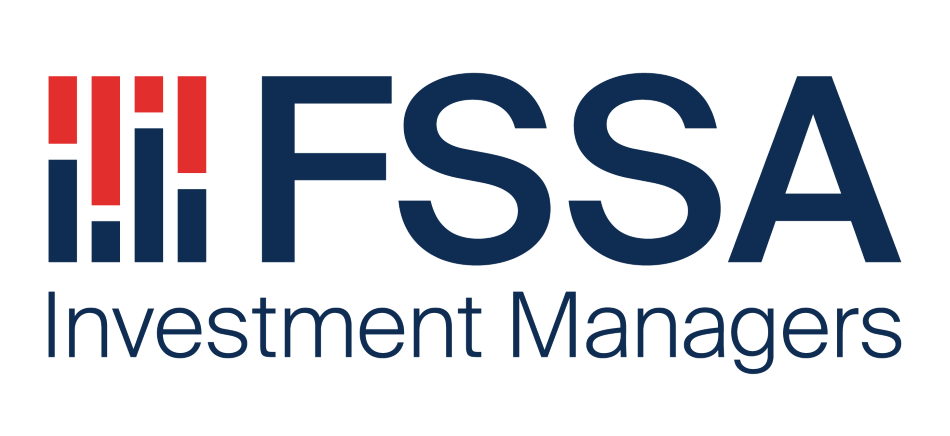
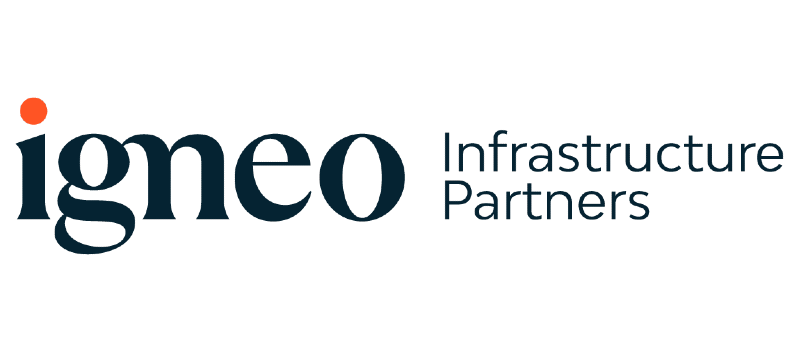
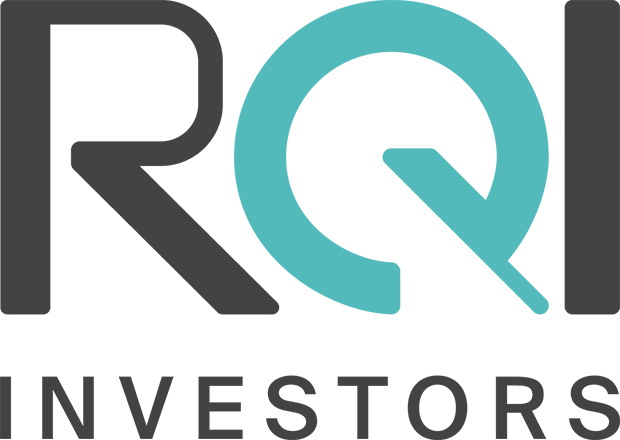



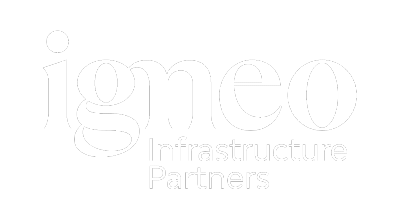


















 United Kingdom
United Kingdom 